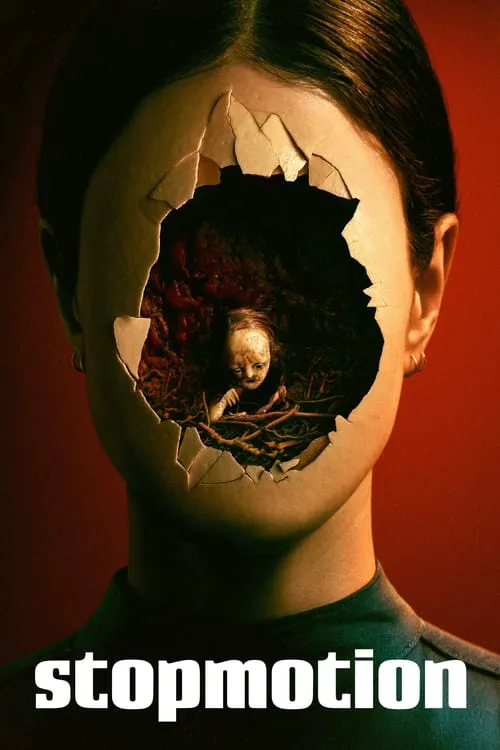Stopmotion

Plot
Ella Blake, a talented stop-motion animator, stands at the threshold of her cramped and dimly lit studio, surrounded by the eclectic remnants of her craft. Her gaze drifts towards a faded photograph of her overbearing mother, the woman responsible for Ella's tumultuous upbringing. The memories they shared, though toxic and painful, are deeply etched in her mind. Her mother's passing has left a gaping void in Ella's life, and with it, a relentless struggle to manage the demons that lurked beneath her fragile resolve. As she begins work on a new project, Ella attempts to channel her emotions into the creation of a stop-motion film. The initial spark of inspiration is genuine, but it soon becomes apparent that this endeavor is, in part, a manifestation of her inner turmoil. The story she is crafting revolves around a young girl named Emily who embarks on a perilous journey to find solace and acceptance. The parallels between Emily's narrative and Ella's real life are striking, but as the project takes shape, the boundaries between reality and fantasy start to blur. Ella's obsession with her film grows, and she becomes increasingly entwined in the world she is creating. Her characters start to take on lives of their own, and she begins to form a psychological connection with them. Emily's struggles with her own personal demons are now mirrored in Ella's own inner turmoil. The two lives – the one she is living and the one she is crafting – become inextricably linked, and it becomes increasingly difficult for Ella to distinguish between the two. As the days turn into weeks, Ella's grip on reality begins to slip further. Her relationships with friends and loved ones start to fray, and her behavior becomes increasingly erratic. Her studio, once a sanctuary for her creativity, has become a battleground for her sanity. The walls, once blank canvases, now bear the brunt of her emotional turmoil. The stop-motion characters, once mere puppets, now seem to move of their own accord, and Ella's sense of control begins to disintegrate. The closer Ella gets to completing her film, the more entrenched she becomes in the world she has created. Her characters take on lives of their own, and she finds herself identifying with their struggles. The themes of abandonment, rejection, and self-discovery that run through Emily's narrative become stark reminders of Ella's own experiences with her mother. The lines between reality and fiction are now indistinguishable, and Ella's grip on her own identity starts to slip. As the narrative hurtles towards its climax, Ella's world descends into chaos. The characters she has created start to turn against her, and the studio, once a sanctuary, becomes a place of torment. The film, once a manifestation of her creativity, has become a reflection of her own fractured psyche. Ella's mind, once a tapestry of rational thought and emotions, has become a battleground for her demons. The final act of Ella's film, a haunting and poignant conclusion to the story she has crafted, is a reflection of her own inner struggles. The young girl, Emily, has found a measure of peace, but at a cost that resonates deeply with Ella. The realization that she has, in fact, created a film that has served as a catharsis for her own emotions hits Ella like a tidal wave. The characters, the story, and the world she has created have all become a manifestation of her own tortured soul. In the end, it is unclear what is more real: the world Ella has created or the one she inhabits. The demons that have haunted her for so long may finally be laid to rest, but the cost of this confrontation is Ella's very sense of self. As the credits roll on her film, Ella stands alone in her studio, the silence a stark reminder of the void she has confronted. The camera pans out, capturing the remnants of her world, now little more than a reflection of the turmoil she has endured.
Reviews
Recommendations




